Want the best picture on your TV or monitor? OLED, QLED, QNED, and MicroLED all promise sharp colors and deep blacks, but each works in a different way. Here’s how they compare and how to pick the right one for you.
What Is OLED?
Although OLED technology was created in the ’80s, OLED TV displays became popular only after LG released its 55-inch EM9700 display in 2013.
OLED stands for Organic Light Emitting Diode, where each pixel emits its own light. This removes the need for a backlight, allowing OLED displays to have the deepest blacks and technically infinite contrast ratios, helping them deliver unparalleled high dynamic range (HDR).
To let you have a better understanding, this is how a regular full-array LCD works:
As shown in the image above, a regular LCD screen has three main layers: a backlight, a liquid crystal panel, and a color filter. The display uses the backlight as a light source. The light is then variably dimmed and manipulated by the liquid crystal panel to create a grayscale image. This grayscale image then passes through the color filter layer, resulting in the final colored image you see on your screen.
On the other hand, OLED displays only use a single-layer panel. Although this panel consists of sublayers, including the substrate, an anode, an organic layer, a cathode, and an encapsulation layer, it comes as a single unit, allowing OLED displays to come in extremely thin form factors.
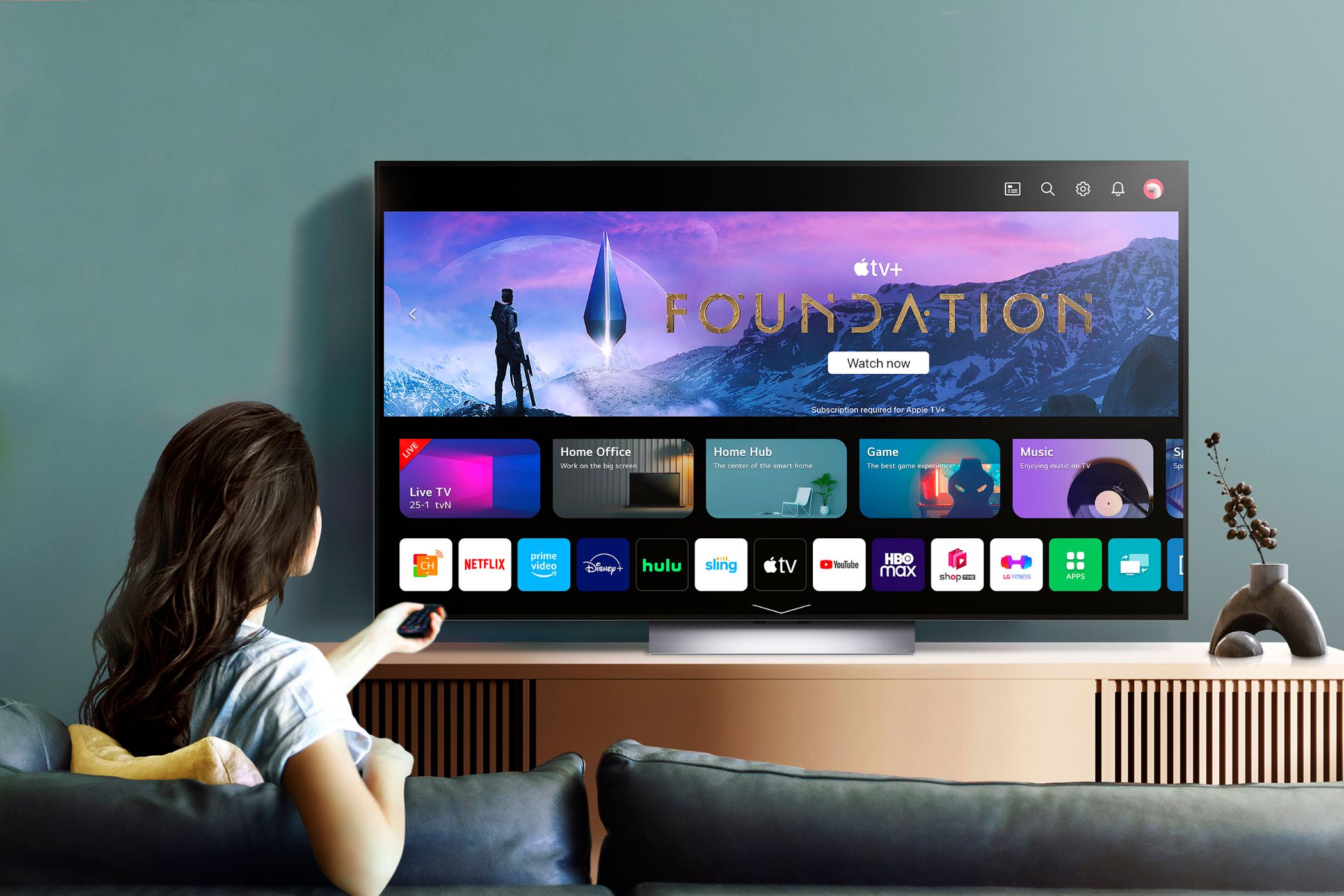
Related
If Smart TVs Had These 5 Features, They’d Be Perfect
When I buy my next smart TV, I’ll be checking for all of these features.
Furthermore, as OLED screens are controlled per pixel—from their brightness to their color—you don’t need any other layer to shape the images you see on the screen. With these properties, OLED displays are known to have the smallest subpixels and the highest dynamic range. They’re also usually the most color-accurate panels in the market.
OLED displays used to lag behind in brightness, usually topping out between 500 and 1,500 nits of brightness. That’s no longer the case. Thanks to the new multi-layer (tandem RGB) OLED panels, the latest models from LG and Samsung now reach up to 4,000 nits, matching or even beating the brightest QLED and QNED TVs, while still delivering those signature perfect blacks and rich colors!
What Is QLED?
QLED stands for quantum dot LED. This type of display uses quantum-dot technology to replace the typical color filter in traditional LCDs. This newer filter uses quantum dots to absorb blue light. It can emit redder reds, greener greens, and bluer blues, which provides several advantages over traditional LCDs, such as a wider color gamut, higher brightness levels, and better color accuracy. Top QLEDs now reach up to 94% DCI-P3 color gamut, delivering richer, more accurate colors than ever before.
Also, many people choose QLED displays for their use of Mini LED backlighting, which features a larger number of smaller LEDs. This advanced form of backlight reduces screen blooming and enhances dynamic range by improving local dimming performance compared to regular LED displays.
What Is QNED?
In response to Samsung’s QLED and other high-end displays, LG released its screen technology, QNED. QNED, also known as Quantum Nano-Emitting Diode, combines Quantum-dot, mini LED backlight, and LG’s NanoCell technology to provide purer colors and a wider color gamut with little blooming even at high levels of brightness.
QNED works just like QLED, which uses mini LED technology. However, QNED adds another layer in front of the quantum-dot filter, called NanoCElls. This layer uses nanoparticles to absorb unwanted light emitted from the Quantum Dot layer, reducing color distortions. QNED displays also often use AI ThinQ to optimize their settings and sound quality based on the viewed content.
What MicroLED
MicroLED is a new kind of display made up of millions of tiny, self-lit LEDs that form each pixel on the screen. Each pixel creates its own light and color, so MicroLED doesn’t need a backlight or color filter like LCD-based displays. This setup means MicroLED can show true black, very bright highlights, and sharp colors all at once, since every pixel can turn off completely or shine as bright as needed.
The big advantage of MicroLED over OLED is that it uses inorganic materials, so there’s no risk of burn-in or fading over time, and it can get much brighter than OLED. Compared to QLED and QNED, MicroLED doesn’t need a backlight at all. The result is a screen that combines the best parts of both OLED and QLED, with none of the usual drawbacks.
It’s important not to confuse MicroLED with Mini-LED. Mini-LED is an upgrade to regular LCD screens, using thousands of smaller LEDs as a backlight behind the LCD panel. While the Mini-LED allows for better brightness and more precise local dimming than standard LED TVs, it still relies on a backlight and can’t control each pixel individually. MicroLED, on the other hand, is a true self-emissive technology. Each pixel has its own light source, which delivers better contrast, sharper images, and more vibrant colors than any Mini-LED screen can manage.
Comparing OLED, QLED, QNED, and MicroLED
OLED, QLED, QNED, and MicroLED are the best display technologies currently available. They all provide a high dynamic range, wide color gamut, and high brightness levels and can display true HDR content. Although all are capable devices, their technological differences affect their performance depending on their environment, which is something you should consider when getting a new TV.
Here is a table of the typical specifications of QLED, QLED, QNED, and MicroLED displays:
| V> Feature | OLED | QLED | QNED | MicroLED |
| V> Panel Type | Self-emissive (organic) | LCD + Quantum Dots | LCD + Mini LED + Color Layer | Self-emissive (inorganic) |
| V> Backlight Needed | No | Yes | Yes | No |
| V> Black Levels | Perfect | Good (some light bleed) | Good (improved with Mini LED) | Perfect |
| V> Brightness | Up to 4,000 nits (latest) | 1,000–4,000 nits | 1,000–4,000 nits | 4,000–10,000 nits |
| V> Burn-In Risk | Possible (low in new models) | None | None | None |
| V> Color Accuracy | Excellent | Very Good | Very Good | Excellent |
| V> Viewing Angles | Wide | Moderate | Moderate | Wide |
| V> Response Time | Instant | 1–5ms | 1–5ms | Instant |
| V> Lifespan | Shorter (organic aging) | Long | Long | Very Long |
| V> Price Range | $$$ | $$–$$$ | $$–$$$ | $$$$$ |
| V> Availability | Widely available | Widely available | Widely available | Very limited (luxury only) |
OLED and MicroLED are both self-emissive, meaning every pixel creates its own light. This lets them deliver perfect blacks and incredible contrast, but MicroLED takes it further with even higher brightness and no risk of burn-in since it uses inorganic materials. MicroLED also lasts longer, but they are still extremely expensive, even when compared to the already high-cost of OLED.
QLED and QNED, on the other hand, are advanced versions of LCD technology. QLED uses a layer of quantum dots and an LED backlight to boost brightness and color, making it a great choice for bright rooms and general use. QNED builds on this by adding Mini LED backlighting. Both QLED and QNED can be very bright and are widely available at different price points, but because they rely on a backlight, they can’t match the perfect blacks or contrast of OLED and MicroLED.
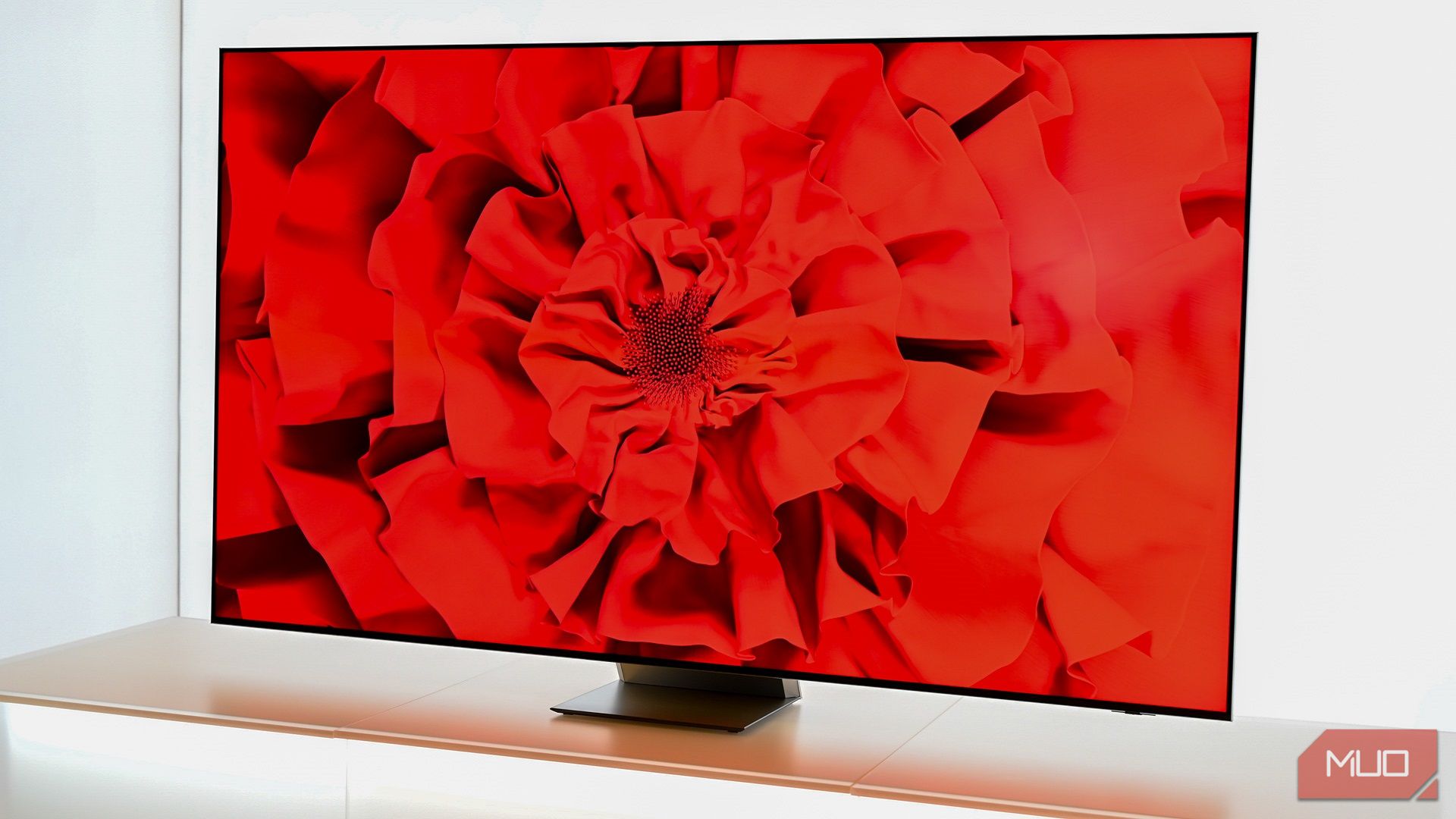
Related
Micro-LED vs. MiniLED: What’s the Difference, & What Should You Buy?
While the two are similar to one another, one type of tech is much more practical than the other.
When you put them side by side, MicroLED stands out for its brightness, sharpness, and longevity, but it’s not practical for most people yet. OLED still leads for home theaters and anyone who wants the best picture in a dark room. QLED and QNED are strong all-rounders, especially in well-lit spaces or for families who want a reliable, bright, and colorful TV without breaking the bank.
Which Display Is Right for You?
If you’re shopping for a new TV or monitor in 2025, OLED and QLED remain the best bets for most people. OLED is the top pick for movie lovers and anyone who wants deep blacks and rich colors, especially in a dim or dark room. In contrast, you may want to go to QLED if you’re into gaming, where only one or two people will be in front of the display. QLED displays handle motion better than OLEDs since most QLEDs offer variable refresh rates (VRR) and low input lag.
Also, QLED TVs are generally less expensive and readily available in most markets, unlike QNED displays.QLED and the latest QNED models shine in bright rooms, sports, and gaming setups, offering great color and brightness at a more affordable price. QNED’s new color system and Mini LED backlighting bring better color and contrast, making it a strong alternative to QLED if you want a premium LCD experience.
MicroLED, while impressive on paper, just isn’t practical for most buyers right now. It’s extremely expensive, and models are only available in huge sizes. For now, MicroLED is more of a glimpse into the future than a real option for your living room. If you want the best balance of quality, price, and availability, OLED, QLED, and QNED remain your best choices.

Related
Buying a New TV? The 18 Basic Terms You Need to Know First
Take a look at some of the terms you’ll find when TV shopping to help you make the best choice for you.
No matter which display technology you choose, you’re getting a front-row seat to the best picture quality we’ve ever seen in TVs and monitors. OLED, QLED, and QNED all deliver stunning visuals, each with their own strengths for different rooms and viewing habits, while MicroLED hints at an even brighter future once it becomes more accessible. As these screens keep getting better, brighter, and more affordable, you can feel confident that your next upgrade will bring your movies, games, and everyday viewing to life like never before.

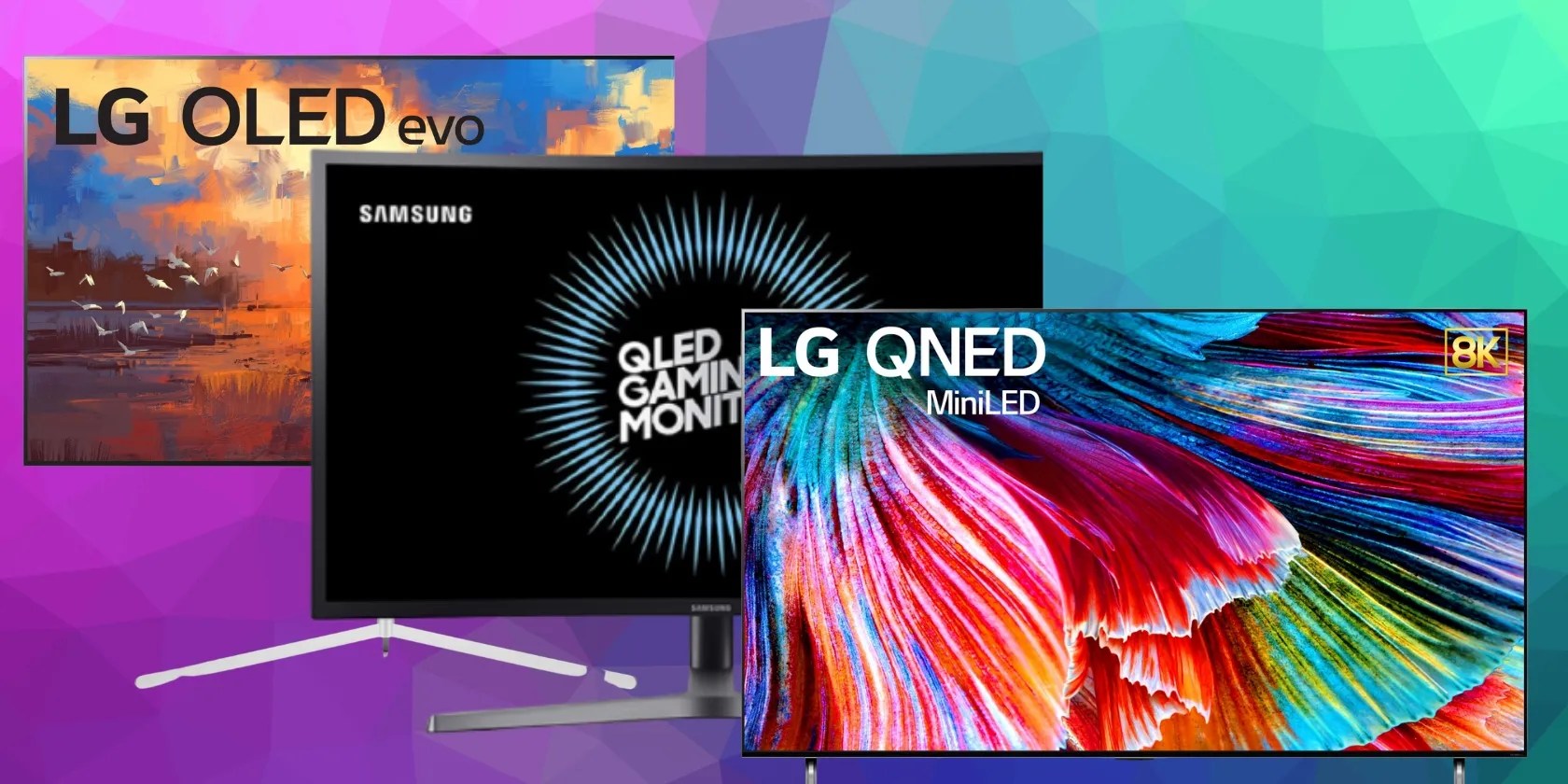
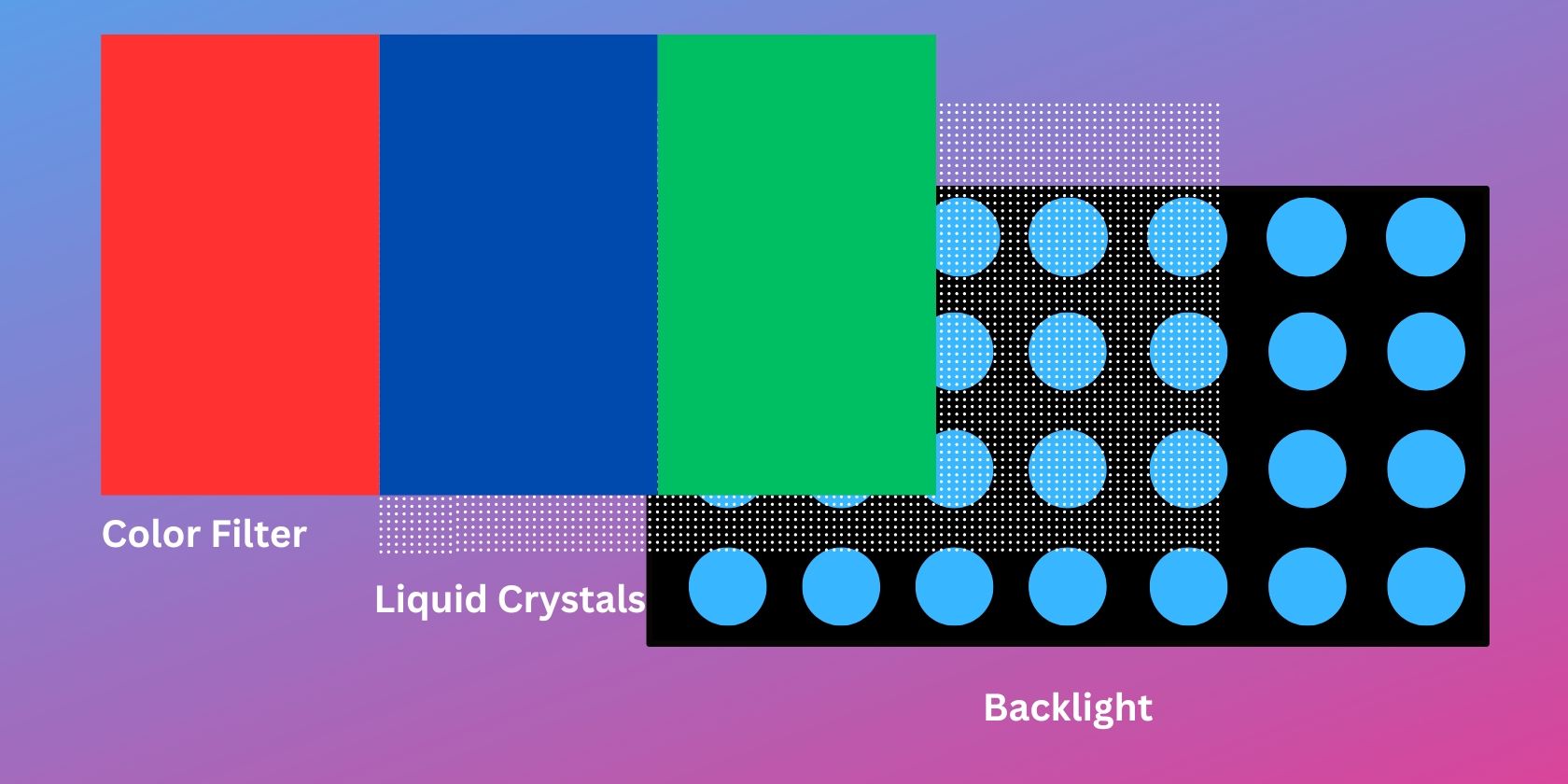
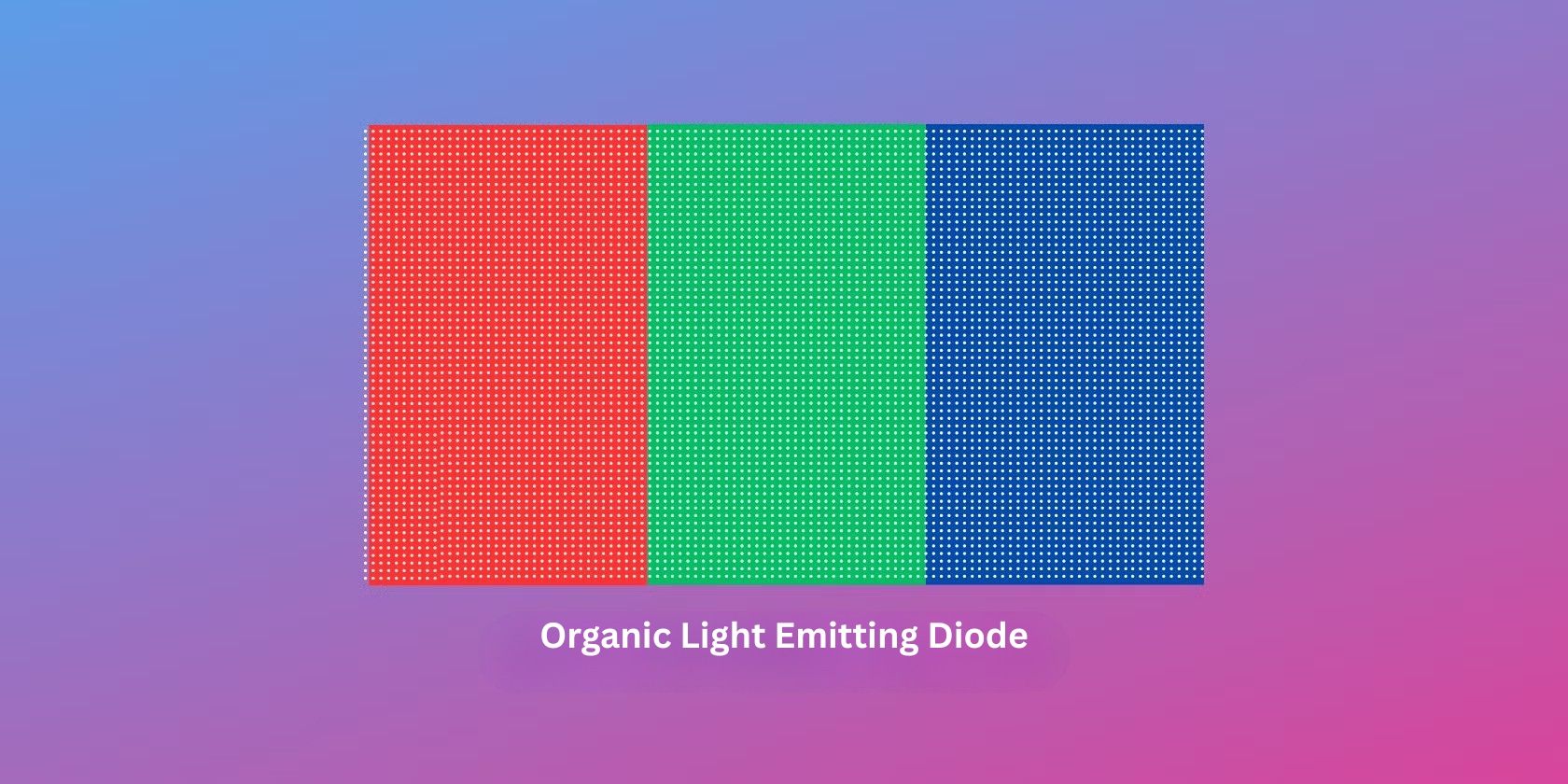
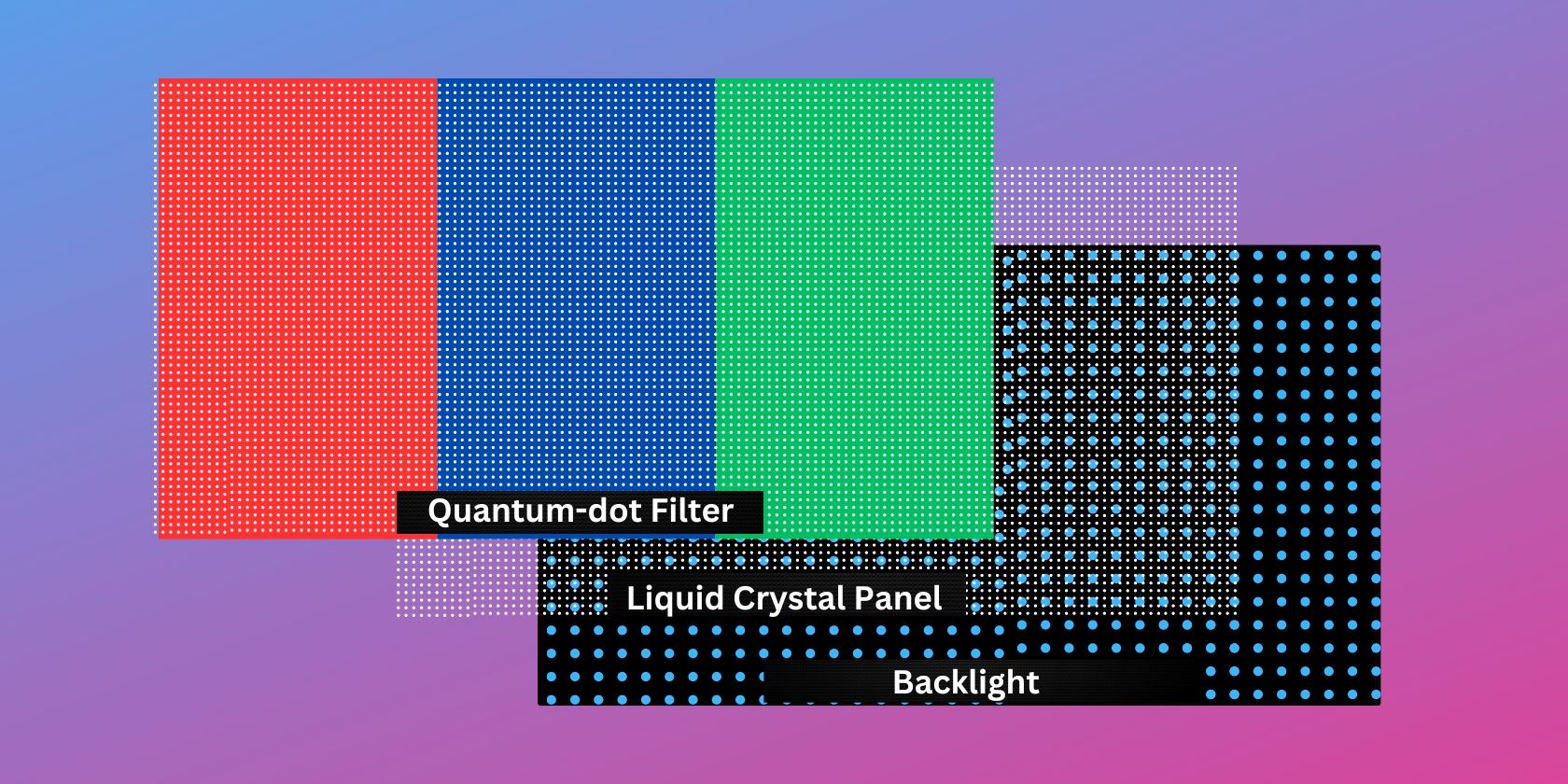
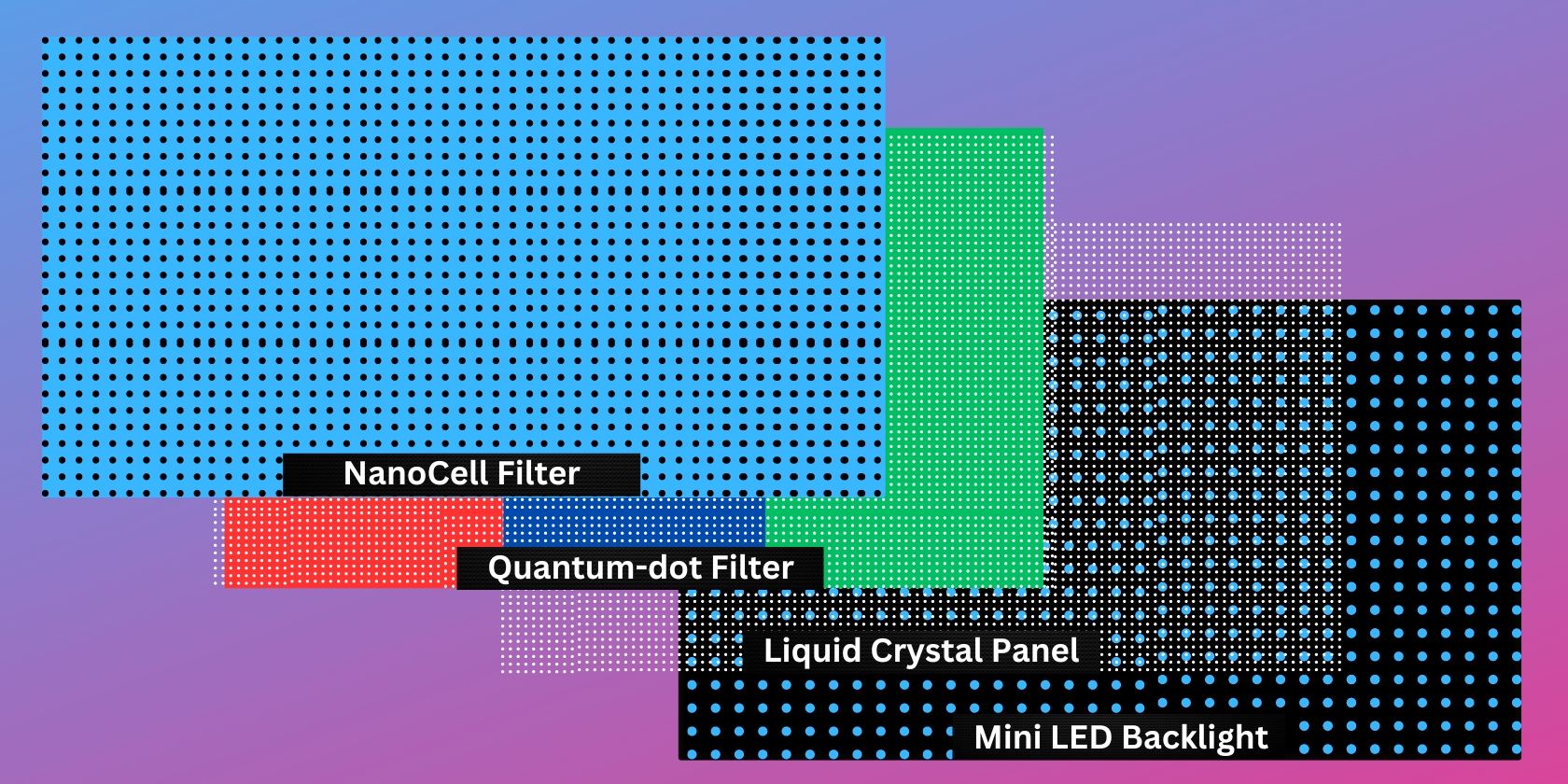
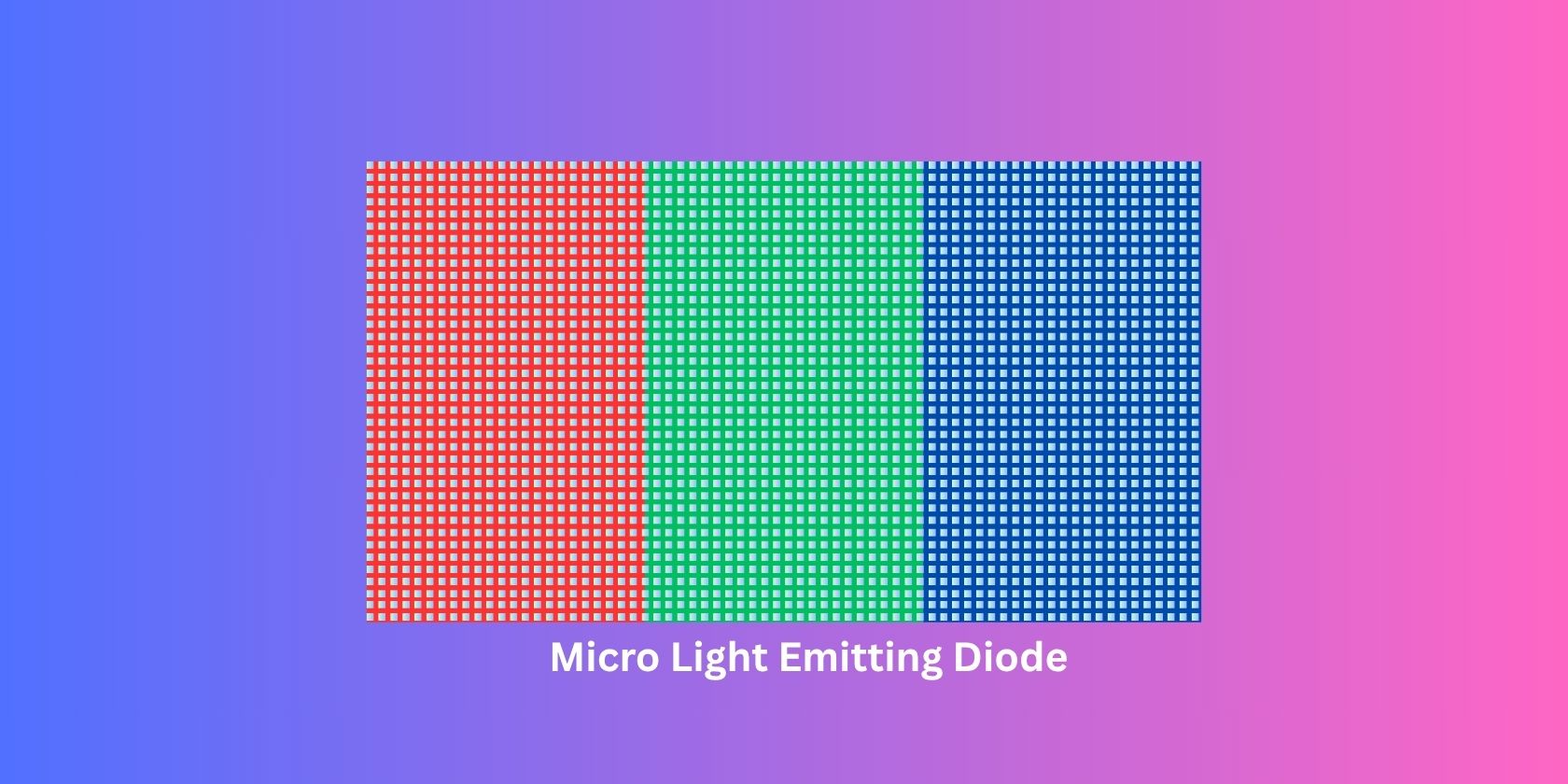






Leave a Comment
Your email address will not be published. Required fields are marked *